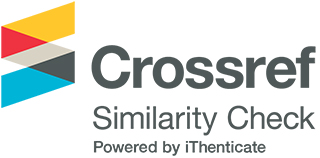Google Classroom: Exploring the Modes and Categories of Technology Use in Instruction According to Web 4.0 and EDU 4.0
DOI:
https://doi.org/10.33422/ijhep.v4i2.398Keywords:
Web 4.0, EDU 4.0, Google Classroom, Instructional Technology, 4IRAbstract
The aim of this paper is to explore the boundaries and potential of both EDU 4.0 and Web 4.0, with a particular focus on how advances in the future will influence and alter teaching approaches. The paper begins by examining the history of EDU 4.0 and Web 4.0, as well as what proceeded them; it goes on to list key criteria that can help define these terms. Using Google Classroom as an example, the utilization of both EDU 4.0 and Web 4.0 is examined, and practical applications of various Google Classroom functions are mapped onto the aforementioned criteria. In so doing, it is hoped that both EDU 4.0 and Web 4.0 can be more concretely understood, and that their application in contemporary learning environments can be more easily visualized and appreciated. The findings in this paper are influenced and supported by Klaus Schwab’s writings on the Fourth Industrial Revolution, and George Siemens’ Connectivism model for online learning.












